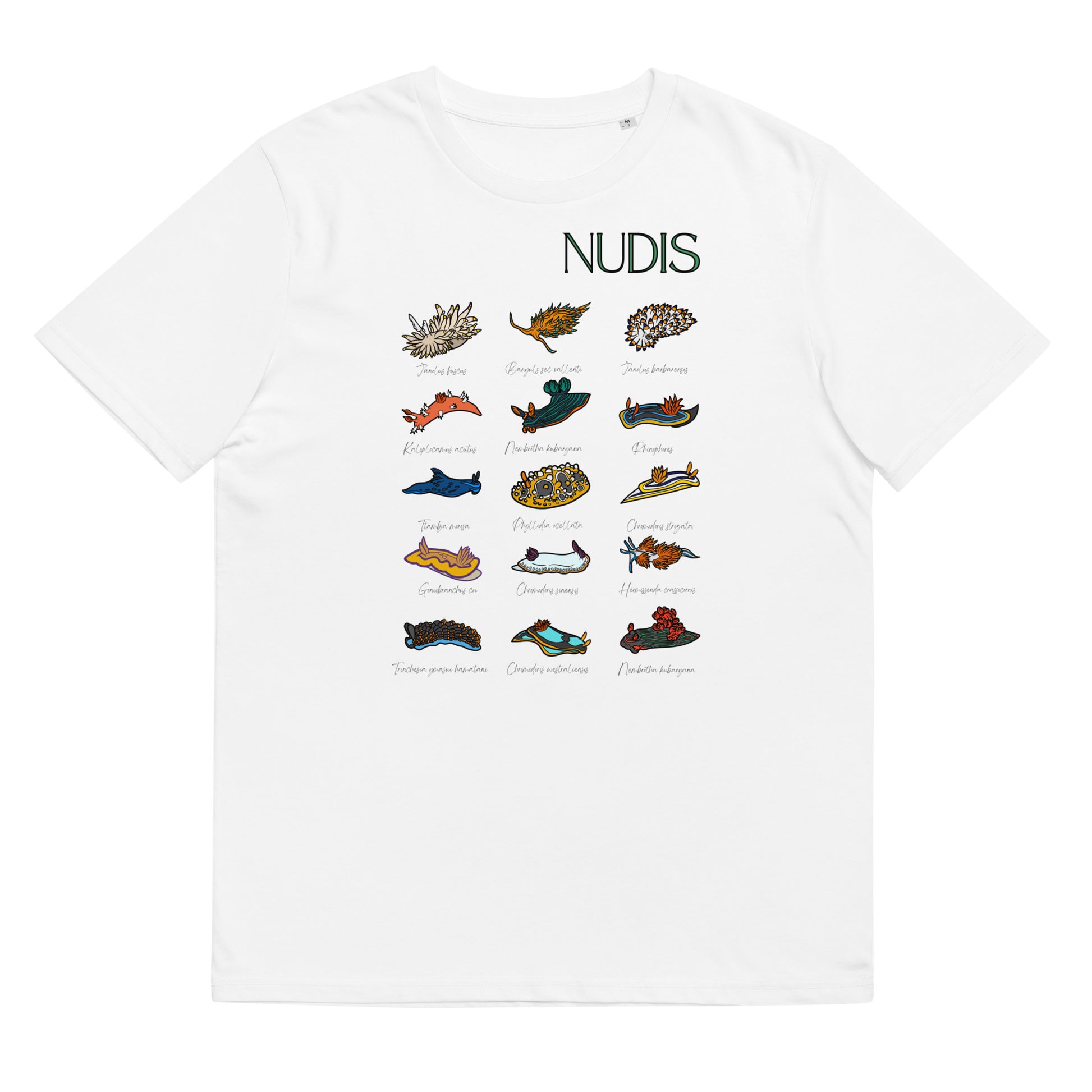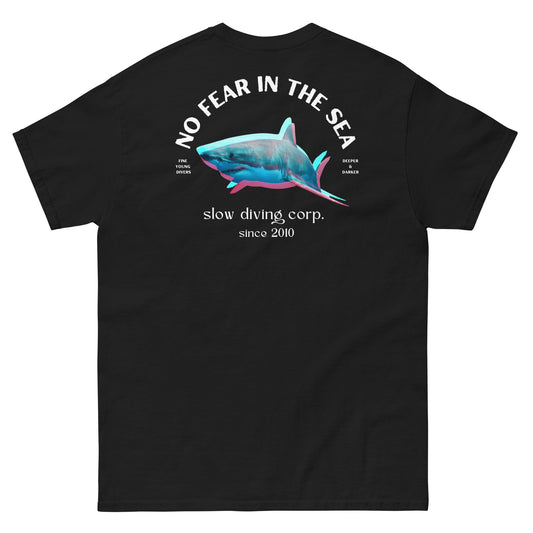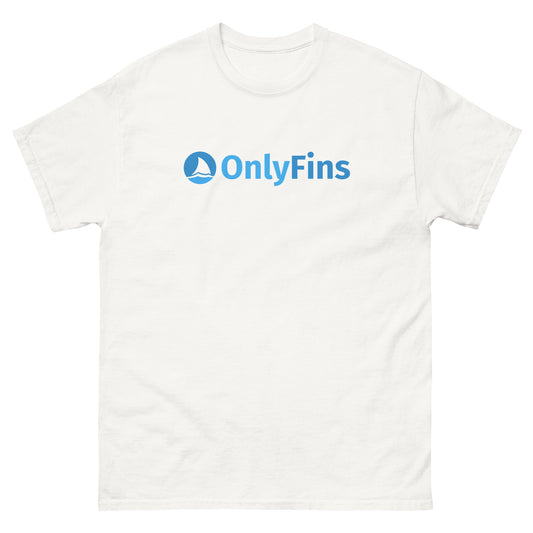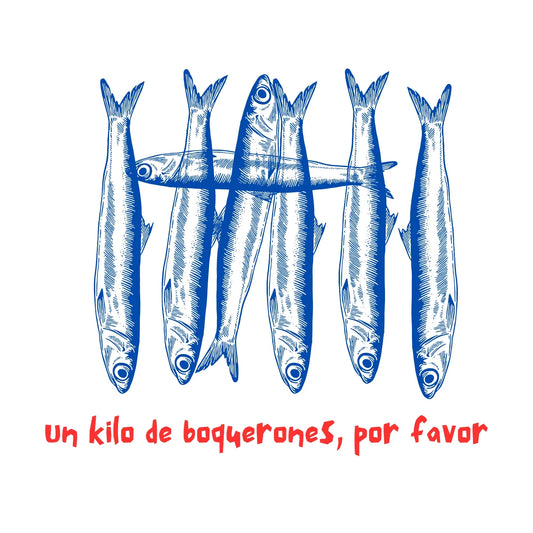Bali is synonymous with a tropical paradise island. It brings to mind images of Buddhist temples and wide terraces of rice plantations. It is known throughout the world for the warm smiles of its people and a colorful and exotic culture. But Bali also has one of the most exciting undersea landscapes in the world. With as much wealth, colorful and variety as in which it is presupposed to the surface.
T-shirts designed by divers for divers
VIEW MORE T-SHIRTS FOR DIVERS
Its coral reefs are home to the smallest and most colorful creatures, as well as large pelagics that every diver dreams of sharing a dive with. The biggest sunfish, nudibranchs of a thousand colors, whale sharks, the extraordinary mimic octopus, exuberant coral gardens, cleaning stations of manta rays or millions of reef fish. There is no offer of diving comparable to that which Bali proposes, necessary destination for the lovers of the great blue.
Bali is an island that forms a province of Indonesia located in the westernmost end of the Lesser Sunda Islands. Its waters rich in currents loaded with food have created a unique scenery for the practice of diving and snorkeling. In Bali accounts with diving from resort, simple, to few meters of depth that allows to see the frenetic life of the reef of coral, to caves, shipwrecks, currents and vertiginous walls for the lovers of the most demanding diving through liveaboards.
The best diving areas in Bali
Diving in Bali is divided into three areas: South (with Nusa Penida, Nusa Lembongan and Sanur), East Coast (with Padang bai, Candidasa, Tulamben, Amed) and Northwest Coast (with Menjangan, Pemutaran, Lovina and Gilimanuk)
South of Bali: Nusa Penida, Nusa Lembongan y Sanur
Nusa Penida is a small island located southeast of Bali. It has extraordinary dive sites where lovers of the largest pelagic species will be completely satisfied. From July to October is the best time to dive with the huge moon fish that come to the surface in "Cristal Bay". If you are lucky, you may also see the occasional whale shark. This area lives up to its name with crystal clear waters filled with beautiful hard coral formations inhabited by a variety of reef fish. Beautiful Moorish idols inhabit the reef, but they will not be able to steal the limelight from the star of the dive, the giant Mola Mola.

Nusa Penida teems with colorful frogfish. Source
Another outstanding dive site in the south of Bali is the "Blue Corner". There we can also find the sunfish, but the great attraction of this reef is its strong and exciting currents, only for the most expert. These currents, rich in food, attract schools of rays and barracudas, sunfish, the dangerous sea snake, dolphins or reef sharks. All of them perform in a beautiful scenery of sponges, corals and sea fans. In "Manta Point" the big attraction are the manta rays, which appear in all sizes and colors, ready to make the life of the labrids a little easier by worming them.
"Manta Point" the show at the manta ray cleaning station
At Pura Ped we can enjoy the contrast to the previous dives as this one is overwhelmed by the abundance of colorful coral reef life. Spectacular species such as Napoleon wrasse, scorpion fish, parrot fish, turtles, white tip sharks have found a food rich sanctuary in "Pura Ped".
Sanur is located in front of the island of Nusa Lembongan and it is the perfect place to dive in Bali if you do not have much time to go to the north or to make long displacements by boat. Between its easy dives they emphasize "Jeladi Wilis" that does not exceed the 20 meters of depth. Its dives have a good visibility and are very interesting for macro photography enthusiasts because of its colorful invertebrates. At this point we can also approach with caution poisonous species such as spotted rays or scorpion fish.
Hoodies Designed for the Deck of Your Liveaboard
SEE MORE SWEATSHIRTS FOR DIVERS
"Sanur Channel" is one of the most suitable areas of Bali for conducting diving courses since the access is very easy and does not count on strong currents. Although it does not offer the best of the diving of Bali, yes, you will find beautiful coral formations loaded with life. In "Penjor Reef" we are with a coral reef of great explosion of life full of anemones, soft and hard corals, gorgonians and the most diverse fish of the reef highlighting the clown fish, sweet lips and the "farcical" imitating octopus.
East coast: Padang Bai, Candidasa, Tulamben, Amed
In Padang Bai we highlight "The Blue Lagoon", a small bay with a white sandy bottom where you can make easy dives with an incredible abundance of marine life. You will find giant Napoleon wrasse, different types of reef sharks, dangerous stonefish, sweet lips, angelfish, surgeons, a great variety of moray eels, colorful nudibranchs, rays, squid or octopus, a real treat for macro photography lovers! And if you dare to do a night dive, you will find a completely different bay, where the frenetic activity for survival is amazing and chilling.
Other essential dives are those in the area formed by Mimpang, Tepekong and Biaha. Here, surrounded by very healthy and crowded reefs, pelagic species appear as the always present in Bali sunfish together with sharks of white tips. As it could not be otherwise, in a reef where they proliferate the black corals, the sponges of barrel or the great gorgonias, the most colorful fishes of the reef gather. A multitude of angelfish, trumpet, pipe, unicorn, butterfly, parrot, clown triggerfish, schools of tuna or spotted rays swarm the east coast of Bali.
Diving in Candidasa, on the other side of Padang Bai Bay, can only be described as hectic. Life in this area is frenetic and dominated by large pelagics. Diving through the rocky islands of Gili Tepekong, Biaha Gili, Gili and Mimpang Selang Gili and with excellent visibility we are immediately surrounded by a large number of white tip sharks. It is also possible to see other sharks such as Blacktip, Cat, Carpet and with a little luck large Hammerheads. Walls full of coral, caves where large moray eels are housed and where different species of sharks breed, strong currents and large schools of tuna. Candidasa is synonymous with strong emotions, not exempt from colorful and small creatures.
Mugs for Ocean Lovers
SEE MORE MUGS FOR DIVERS
Home to one of the world's best shipwrecks
If there is one area that has given Bali world fame in the field of diving, it is Tulamben. For something it is visited every year by the most recognized underwater photographers of the world. The bay of Tulamben counts on the greater diversity of all Bali thanks to being very rich in nutrients brought by the currents that come from the Pacific and the Indian Ocean. Black volcanic rocks in shallow waters and full of plankton give shelter to an infinity of corals and gorgonias that hide the stars of macro photography. You can't leave Tulamben (and once you do, you won't come back) without diving the Liberty. This 120-meter freighter, torpedoed by the Japanese during World War II, is home to more than 400 species of fish, numerous gorgonians and countless corals.
Tulamben's smallest life, living treasures
Another area of the east coast of Bali that is not to be missed is Amed, which offers very interesting dives for both beginners and experts. Its "coral garden", of little depth, is full of hard and soft corals that are visited by turtles, parrot fish, spotted rays, clown fish, surgeons, angels, pipefish... A true Eden that can also be enjoyed through the snorkel.
"Ghost Bay is the best place to find the strangest creatures of our oceans that will leave you with your mouth open and also have a curious history of reef reconstruction behind them. Clown frogfish, the mimic octopus, razor fish, large stonefish, groups of lionfish, box crabs or pygmy seahorses are just some of the extraordinary creatures that live here. A favorite spot for professional photographers from all over the world.
Northwest: Menjangan, Pemuteran, Lovina y Gilimanuk
The northwest of Bali has extremely clean and crystalline waters that favor a calm diving and for all levels. This area is part of a national park of 19,000 hectares, which makes it the most protected diving area of Bali. Place of pilgrimage for the amateurs of macro photography. It is also visited by large pelagics such as the ever present Mola Mola of Bali and the Shark Whale.
Menjagan Island is a great place for wall diving. There we can dive walls ranging from 20 to 60 meters deep, full of sea fans, sponges, gorgonians and caves for the most experienced divers. Although the effects of "El Niño" did a lot of damage to this area, it is slowly recovering and marine life continues to come for shelter and food. The good visibility and lack of currents makes it easier to dive with white tip sharks, crossbow fish, moray eels hidden in caves, sunfish in the blue bottom, or batfish than in any other place in all of Bali.



























